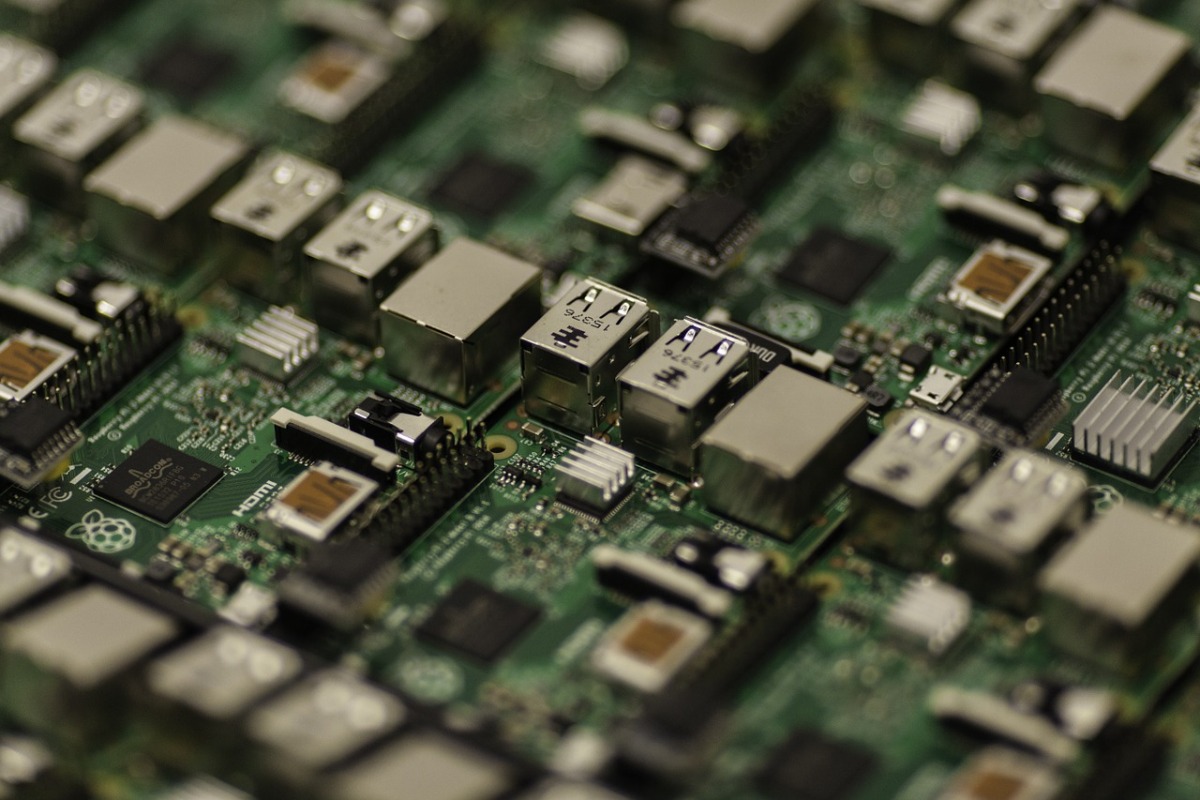When we think about the challenges we face regarding our environment, and how we’re going to address them, we tend to focus on big, ambitious concepts. One recent article on the subject referred to these as ‘bold engineering ideas that go beyond simple recycling’ — highlighting possibilities like beaming electricity in from Space, or harnessing energy given off by people’s body heat, or even pulling harmful gas straight out of the air.
These are exciting ideas, and in many cases they may actually be feasible too. Rest assured that brilliant minds in numerous fields relating to environmental conservation (and rehabilitation) are working on all sorts of audacious projects. In another ten years, wind and solar power may be the norm; in another twenty, pulling gas out of the air might be common practice; in another twenty-five, we may rely on Space in various ways to power our world. Just because there are some promising big ideas doesn’t mean there aren’t equally important small ones though. And to that point, it’s fair to say that the foundation we’re laying for environmental protection depends as much on tiny circuit boards as anything else.
If that sounds like a bizarre or abstract notion, it’s actually one that’s fairly easy to explain. Putting it simply, IoT is saving the environment, at least to the extent the technology currently available to us is able to do so. Loosely defined as the network established by connected devices that can communicate with one another, the IoT is essentially producing a global system of environmental monitoring. It’s being used to track endangered species for purposes of research and protection; it’s helping to reduce e-waste by giving devices the ability to alert us when they need to be repaired, replaced, or recycled; it’s fighting deforestation, keeping tabs on ocean environments, conserving energy in homes and cities, and limiting water waste in farming and irrigation. And undoubtedly, this list only scratches the surface of the IoT’s broad, emerging environmental impact.
All of these functions, however — indeed, the very concept of an ‘internet of things’ — depends upon the functionality of the devices that are connected. And this functionality is driven by nothing more than the circuits and chips housed within everything from sprinkler system monitors, to electronic ocean buoys, to our very own smartphones.
To be clear about the matter, we should note that printed circuit boards have already progressed meaningfully over the years. This is not so much a result of improving technology, but rather a foundation for it.
An interesting article looking at the evolution of Protel PCB design — one of the first major design software, in use since the ‘80s — shows that there has been a direct, continual evolution of design. Protel specifically has survived and been adapted to some of the more modern design systems that are still in use today, and which produce the very PCBs we use in our everyday devices (and throughout the IoT). In this sense, circuit design is one of the longest-running modern industries in tech, and something that has consistently driven both consumer and industrial electronics forward.
Now, however, we need that evolution to continue. As Eoin Tierney wrote when exploring why software is so complicated ‘our demand for greater ‘power’ impose constraints that can only be met with greater complexity.’ Such is the case with the ever-expanding IoT as relates to environmental conservation. In the coming years, we will develop better understanding of how we can put connected sensors to use to monitor our environment. We’ll learn more about how these sensors should communicate with each other, and what that communication should lead to in terms of direct protective action. More processes relating to all of this will be automated, and our dependency on tiny devices and the tiny circuit boards inside of them will deepen.
The more successfully those circuit boards advance, the more capable our devices will be of meeting our “demand for greater power” as relates to saving our environment. As exciting as the bigger and bolder ideas associated with climate change can be, it is advancement in this space that is capable of setting up non-stop, worldwide systems that can move us in the right direction.




